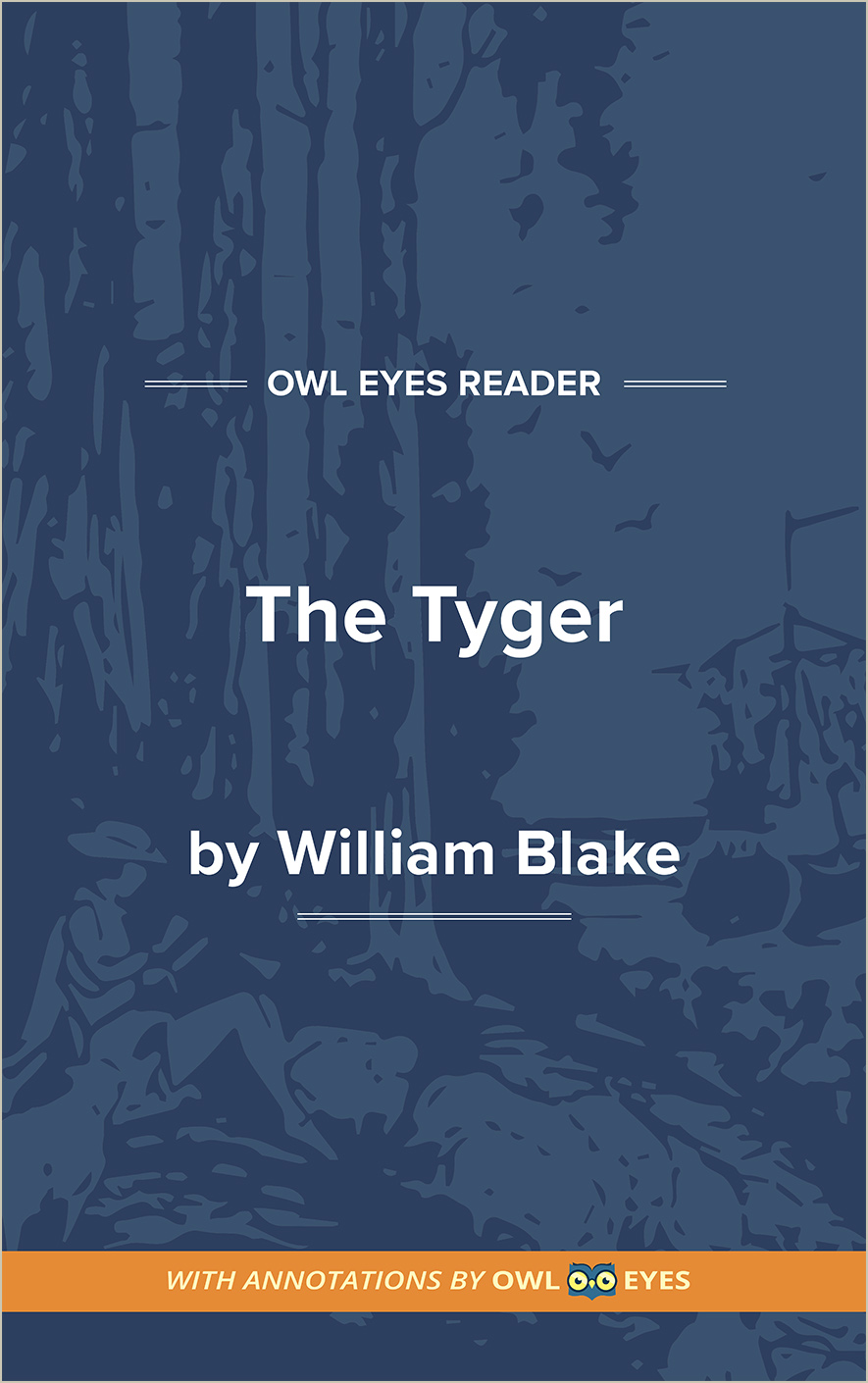Analysis Pages
Vocabulary in The Tyger
Vocabulary Examples in The Tyger:
Text of the Poem
🔒"symmetry..." See in text (Text of the Poem)
"aspire..." See in text (Text of the Poem)
"Could twist the sinews of thy heart? ..." See in text (Text of the Poem)
"anvil..." See in text (Text of the Poem)

